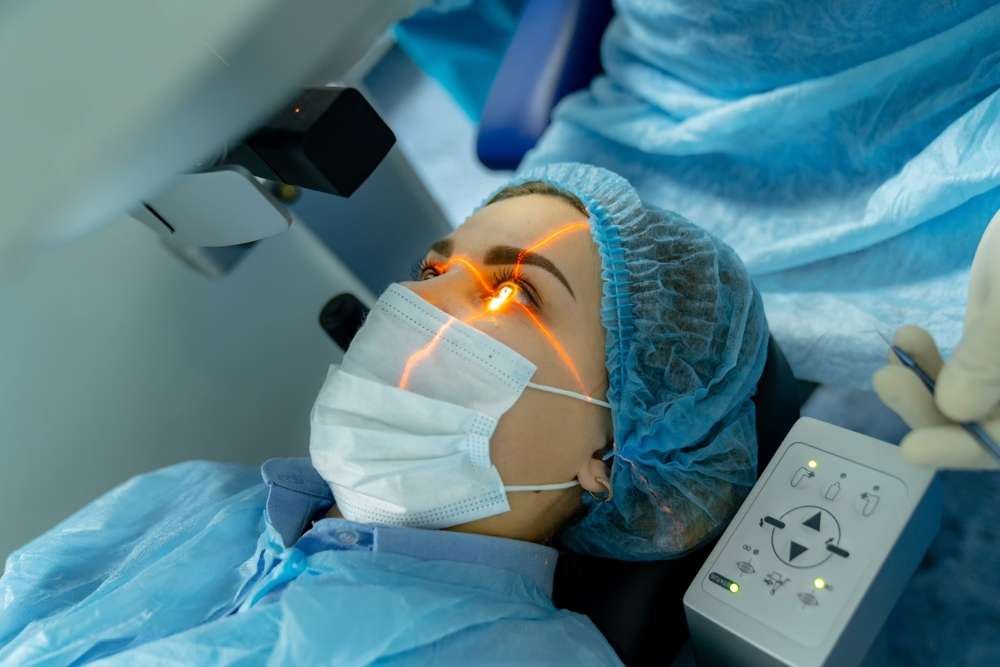How LASIK Eye Surgery is Changing Vision Care for Millions
LASIK (Laser-Assisted In Situ Keratomileusis) has emerged as a widely used procedure for correcting refractive vision issues such as myopia, hyperopia, and astigmatism. This article explores how advancements in LASIK technology have improved precision, recovery times, and patient outcomes. It also examines the role of LASIK in reducing dependence on glasses or contact lenses and its growing accessibility in various parts of the world. The focus is on how this surgical option continues to reshape modern vision care.

What Makes LASIK Eye Surgery So Revolutionary?
LASIK (Laser-Assisted In Situ Keratomileusis) represents a significant leap forward in vision correction surgery technology. Unlike traditional methods, this laser vision treatment creates a thin flap in the cornea before reshaping the underlying tissue with an excimer laser. The precision of modern LASIK equipment allows surgeons to make corrections measured in microns, resulting in dramatically improved visual outcomes. Advanced wavefront technology and femtosecond lasers have made the procedure safer and more accurate than early techniques, with most patients achieving 20/20 vision or better within 24 hours of surgery.
How Does LASIK Compare to Other Vision Correction Options?
When comparing refractive eye surgery options, LASIK stands out for its combination of effectiveness, speed, and patient satisfaction. Unlike PRK (photorefractive keratectomy), which requires longer healing time, LASIK patients typically return to normal activities within days. The benefits of LASIK extend beyond convenience – studies show that over 95% of patients achieve their desired vision correction, with complications occurring in less than 1% of cases. Modern LASIK techniques also address higher-order aberrations that glasses and contacts cannot correct, often providing better night vision and visual clarity than patients experienced with their previous correction methods.
Who Are the Best Candidates for Laser Vision Treatment?
Ideal LASIK candidates are adults over 18 with stable vision prescriptions for at least one year. The procedure works best for individuals with mild to moderate refractive errors, though advances in technology have expanded the treatable range significantly. Candidates should have healthy corneas with sufficient thickness, no active eye diseases, and realistic expectations about outcomes. People with certain conditions like severe dry eyes, thin corneas, or autoimmune disorders may not be suitable candidates, which is why comprehensive pre-surgical evaluations are essential for determining eligibility.
What Can Patients Expect During Recovery?
The LASIK recovery process has become remarkably streamlined compared to earlier vision correction surgeries. Most patients experience improved vision within hours of the procedure, with minimal discomfort that typically resolves within 24-48 hours. Initial healing occurs rapidly, with the corneal flap naturally adhering without stitches. Patients usually return to work within 1-2 days and can resume most normal activities almost immediately. Complete healing takes several months, during which vision continues to stabilize and improve. Following post-operative care instructions, including using prescribed eye drops and avoiding eye rubbing, ensures optimal healing and results.
How Has LASIK Technology Advanced in Recent Years?
Recent innovations in LASIK technology have significantly improved both safety and outcomes for American patients. Wavefront-guided treatments create personalized correction maps based on each individual’s unique visual system, while topography-guided procedures address corneal irregularities with unprecedented precision. Femtosecond laser technology has replaced mechanical microkeratomes for flap creation, reducing complications and enabling treatment of patients previously considered unsuitable candidates. These advances have led to faster visual recovery, reduced dry eye symptoms, and better night vision outcomes compared to conventional treatments available just a decade ago.
What Are the Real Costs of LASIK Eye Surgery?
Understanding LASIK pricing helps patients make informed decisions about this investment in their vision. Costs vary significantly based on technology used, surgeon experience, and geographic location. Most providers offer financing options to make the procedure more accessible, and many patients find that eliminating ongoing expenses for glasses and contacts makes LASIK cost-effective over time.
| Provider Type | Average Cost Per Eye | Technology/Features |
|---|---|---|
| National Chains | $1,000 - $2,500 | Standard LASIK, volume pricing |
| Premium Centers | $2,500 - $4,000 | Advanced wavefront, lifetime enhancements |
| Academic Centers | $2,000 - $3,500 | Latest technology, resident training |
| Independent Surgeons | $1,500 - $3,500 | Personalized care, established practices |
Prices, rates, or cost estimates mentioned in this article are based on the latest available information but may change over time. Independent research is advised before making financial decisions.
LASIK eye surgery continues to evolve as a transformative solution for vision correction, offering millions of people freedom from glasses and contact lenses. With advancing technology, improved safety profiles, and increasing accessibility, this refractive eye surgery represents a significant advancement in modern ophthalmology. The combination of precise laser vision treatment, faster recovery times, and long-lasting results makes LASIK an increasingly attractive option for those seeking permanent vision correction. As techniques continue to refine and costs become more competitive, LASIK will likely remain at the forefront of vision care innovation for years to come.
This article is for informational purposes only and should not be considered medical advice. Please consult a qualified healthcare professional for personalized guidance and treatment.




